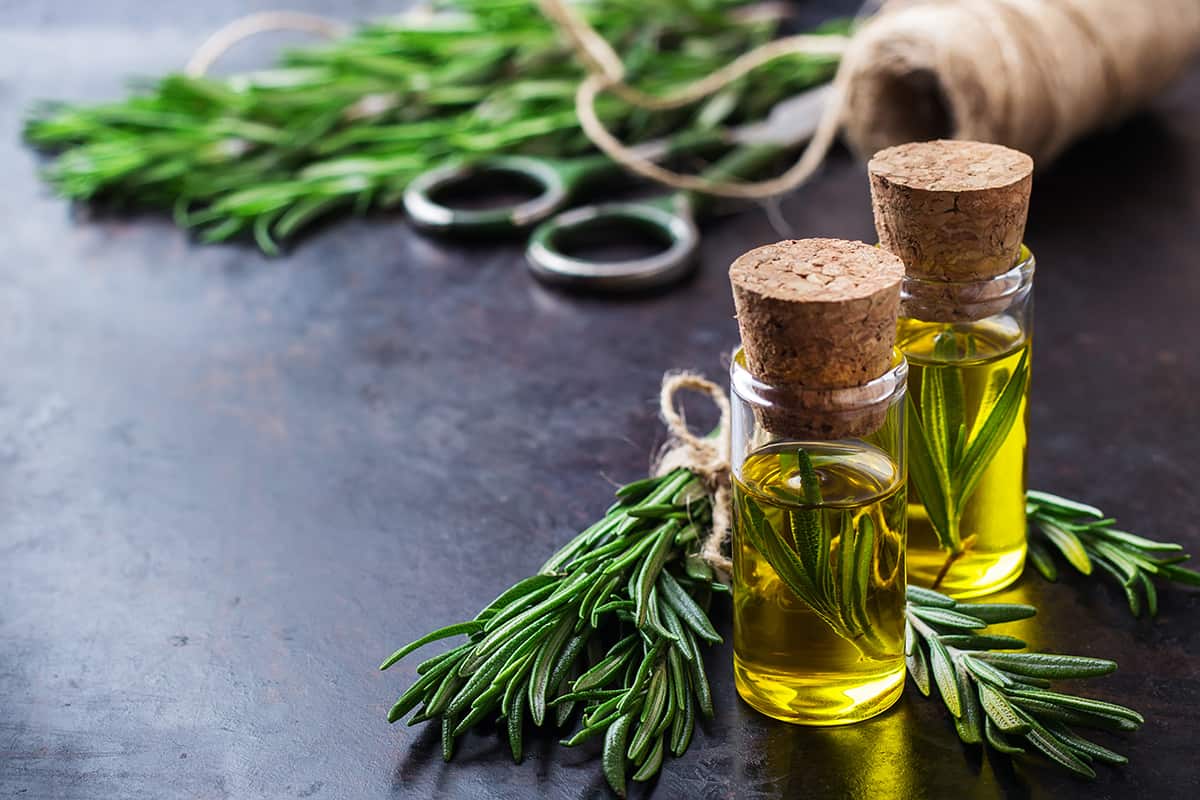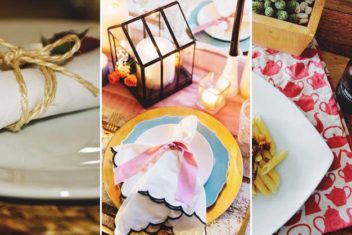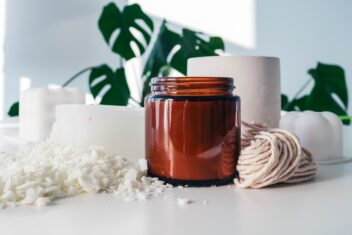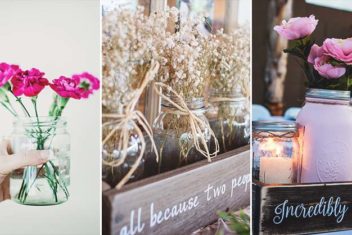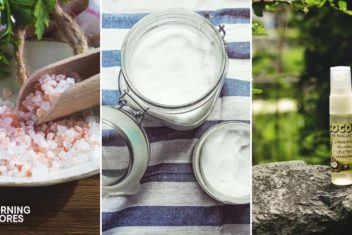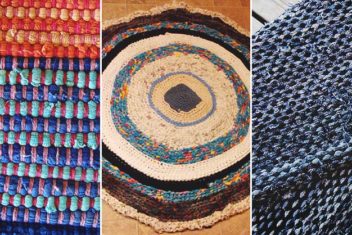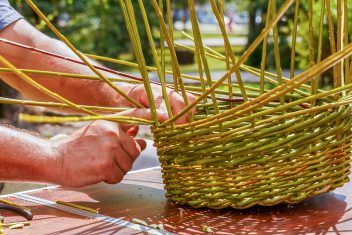If you’re new to creating medicines and personal care products, the wide range of labels and names might be confusing. For example, just about everyone is familiar with essential oils, but what about hydrosols?
So what are hydrosols? And what are they used for? Read on to learn all about them, how to make them at home, and how to use them.
What are Hydrosols, Exactly?
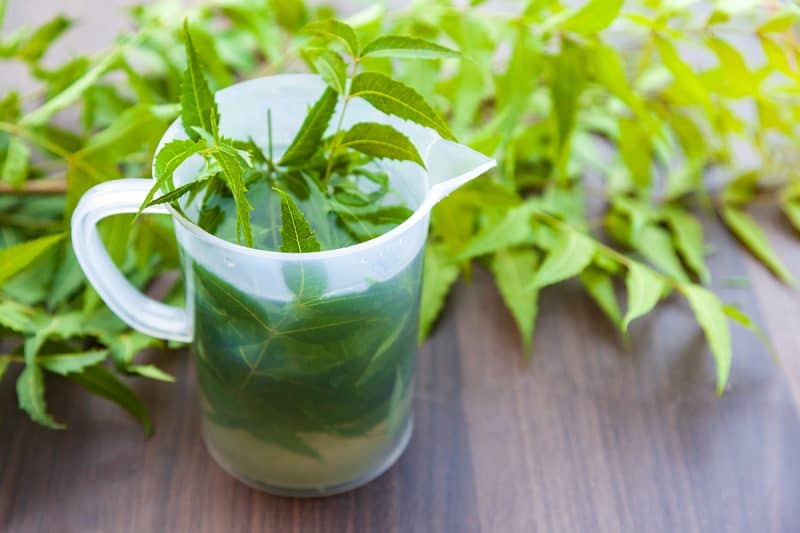
In simplest terms, hydrosols are the liquids that form when plant matter is distilled. Most commonly, they’re the by-product from the essential oil (EO) steam distillation process.
Plants have both fat-soluble and water-soluble constituent parts. So, when the plants are distilled to get their juicy oils out, their watery parts are leftover. These are hydrosols. Essentially (no pun intended, I’m so sorry), a hydrosol is a type of fragrant, herb-infused water. They have therapeutic properties, though neither as strong nor as concentrated as EO.
This makes hydrosols great, albeit far more gentle, personal care products. They’re generally safer than essential oils for treating children, and you can use them for several different purposes. Best of all, it’s ridiculously easy to make your own, right on your stovetop.
What You’ll Need:
- A large cooking pot, with a lid that has a handle on it
- Two heat-safe bowls (when stacked back to back, they should fit well inside the pot)
- Plant material, either fresh or dried
- Water (I use spring water from my mountain well, but you can use distilled water or filtered rainwater too)
- Lots of ice (or snow, if you’re doing this in wintertime)
- Sealable plastic bags
- Clean glass jar(s) and label(s)
Instructions:
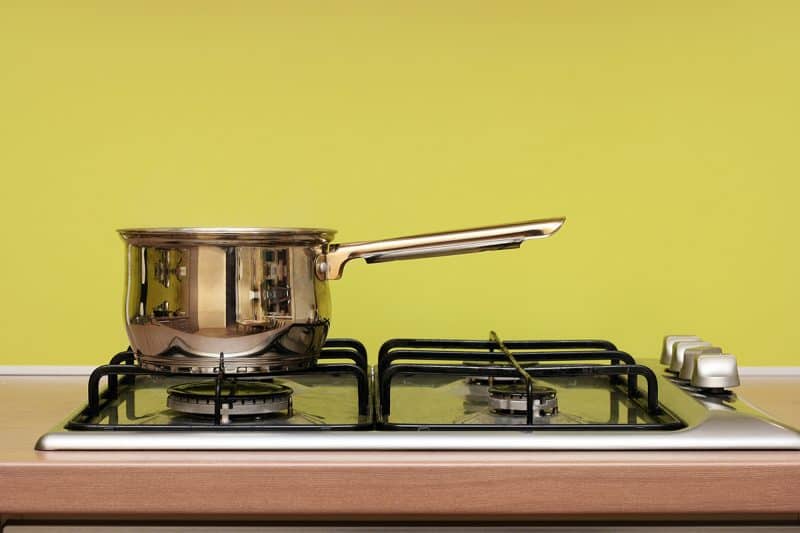
Wash the pot, lid, and bowls thoroughly with hot, soapy water to eliminate any bacteria. Then, place the pot on your stovetop burner. Put one bowl downwards in the middle of the empty pot, and set the other one on top of it, right-side up.
Next, spread your plant material evenly around the bottom bowl. Once that’s there, gently pour in enough water to cover the plant stuff completely. If you’re using dried plants rather than fresh, add enough water to cover it twice or three times over. This is because the herbs will absorb the liquid and expand during this process.
Raise the burner’s heat to medium-high, and put the lid onto the pot wrong side down. You want the pot handle to be directly above the upturned bowl. Once it starts to bubble slightly, turn the heat down to medium-low. We want a bit of steam rising, but we don’t want to destroy the plant material with fierce boiling.
Start Condensing!
Next, fill one of those zipper bags with ice, and place it on the lid. It should settle right into the middle of that concave surface. As the herb-infused steam rises, it’ll hit the pot lid, which is being chilled by the ice. When this happens, it’ll condense back into water form and trickle down to the lowest available spot.
That would be the handle.
This condensation (the future hydrosol!) will drip off the handle into the upturned bowl. You’ll need to keep replacing the ice on the lid as it melts, so keep a few of those zipper bags filled with ice in the freezer nearby. That way, you can just pop a new one on as needed, and you don’t have to worry about interrupting the process.
Continue this for about two hours, or until the plant matter is no longer releasing any scent.
At this point, transfer the infused water into a clean glass jar. Label it with what it contains and the date you made it. Then, once it’s cool, you can either use it immediately or pop it into the fridge for later.
What to Use Hydrosols For
One of the easiest ways to use a hydrosol is as a facial mist. Rosewater and lavender water are wonderful to spritz your face with on a hot summer day. Just decant the hydrosols into spray bottles, keep them in the fridge, and spray them on your skin whenever you like.
These same hydrosols also make excellent facial toners to help your skin absorb moisturizing cream or oil. If you make homemade skin cream or body lotion, you can use hydrosols as ingredients for those. Of course, these infused waters will have different effects, depending on the plant matter that you distilled.
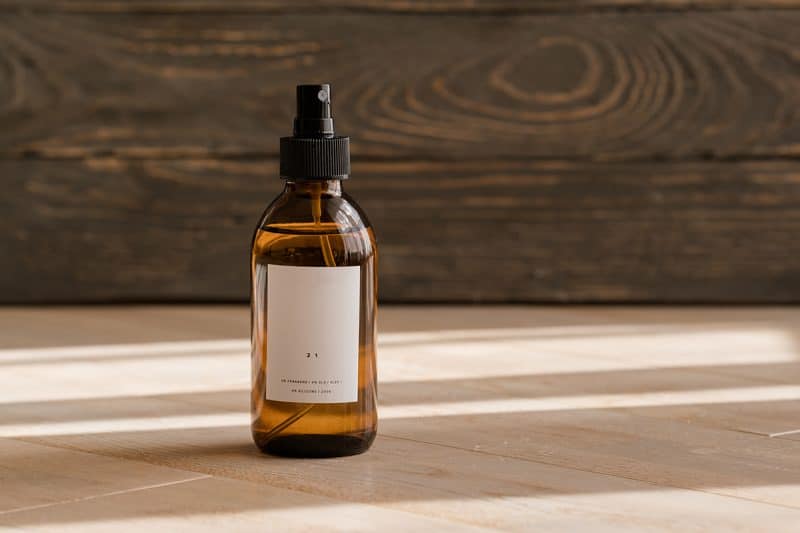
Herbal Hydrosols and Their Uses
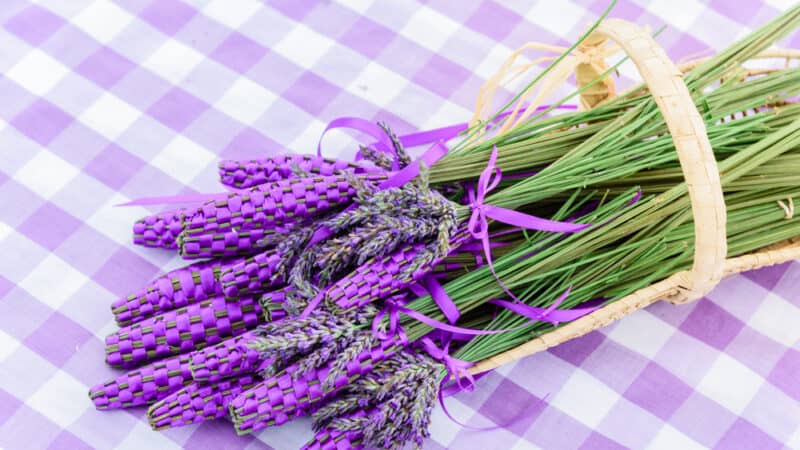
- Rose: Sensitive and mature skin benefit most from rose in facial mists, moisturizers, and toners. Use rose hydrosol with a drop of sandalwood EO as a luxurious body spray, or spritz plain rose on pillows for deep, restful sleep.
- Lavender: An ideal toner for all skin types. Use it as a facial spray or on a cotton ball to tighten and balance skin after cleansing.
- Cucumber: Soak cotton swabs with this hydrosol to reduce puffiness, or add it to a cool forehead compress to ease a fever.
- Peppermint: Amazing to soothe tired, aching feet. Spray on feet directly, or use in a foot soak before bed.
- Chamomile: This has a healing effect on all skin types and is ideal for calming rashes, irritations, and breakouts.
- Eucalyptus: Wonderful for treating blemish-prone skin and as a mild disinfectant for minor cuts and scrapes.
- Sage: Its antiseptic and antibacterial properties are ideal for underarm deodorants and hair rinses to treat dandruff or eczema.
- Curry plant: Helichrysum italicum is ideal for regenerating and invigorating aging skin. Use it as a facial mist or in hydrating moisturizer formulas.
- Cedar: Soothes inflamed skin and alleviates fungal infections. Also, use it in hot compresses to alleviate pain and swelling from rheumatoid or osteoarthritis.
- Witch Hazel: Reduces swelling, redness, and scar tissue and has powerful antioxidant and anti-inflammatory properties. Excellent for washing wounds and for treating psoriasis and eczema.
- Calendula: Perfect as a toner for all skin types, especially blended with rose and helichrysum.
- Lemon Balm: Beautiful to use as a room spray, especially to alleviate stress, sorrow, or anxiety.
Additional Uses
Considering their gentle fragrance, you can also use hydrosols as linen sprays or add a fresh scent to a room. Spraying a bit of lilac into your bedroom on a gloomy February day can brighten up the energy in there exponentially.
Similarly, spraying a bit of pine, lemon, or cedar hydrosol into a family room can have beneficial, mood-enhancing effects on everyone in there. Yay aromatherapy!
How Long do Hydrosols Last?
Unlike essential oils (EO), which are pretty much invulnerable to bacteria, hydrosols have a limited shelf life. It’s best to refrigerate them to keep them from degrading, much like you would with juice. They’ll stay fresh and good for 6-12 months, provided they aren’t contaminated by anything. If you see any weird floaty stuff growing in your hydrosol jar, discard it immediately.
In contrast, essential oils stay good for up to a decade, provided that you don’t get anything gross in the bottles. They’ll lose a bit of potency over time, but they’re unlikely to get moldy.
If you have the space for it, try to get yourself a mini-fridge for the basement or garage. You can store your hydrosols and other homemade herbal healing products in there without taking up valuable kitchen real estate. Best of all, you’ll keep your products from going bad and won’t mistake them for various condiments either.
